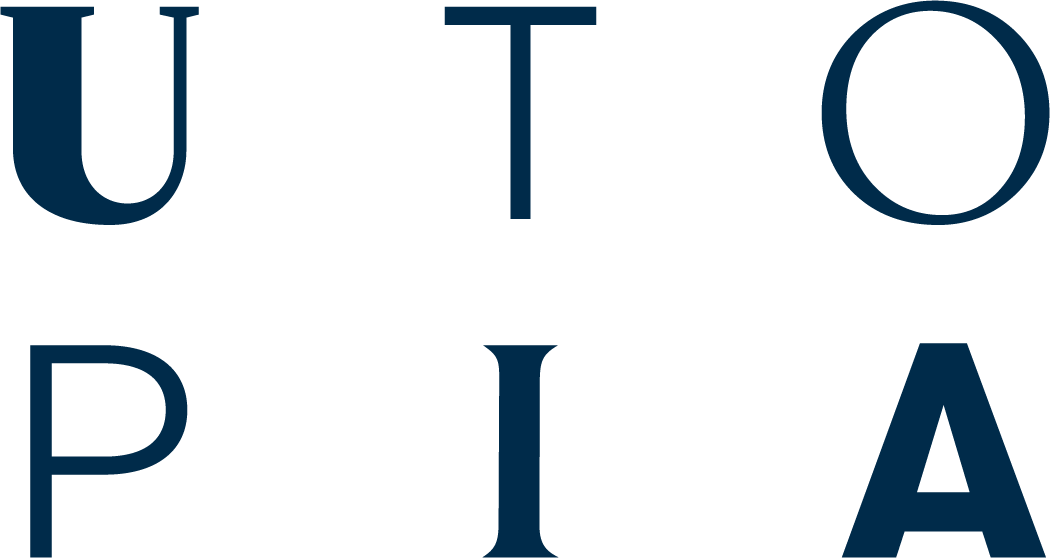Unlock the innovation power of DEI
We often think of Diversity, Equity and Inclusion (DEI) as a ‘nice to have’, when businesses are doing well. But businesses are getting increasingly savvy to the power of DEI to unlock better employee experiences and products and services. Take the example of the Google Pixel 6 camera. By embedding DEI principles, Google challenged the 20th century Kodak technology that’s been used to programme all cameras since their inception. This allowed Google to better identify and more authentically represent darker skin tones. Thus, re-defining a product that’s more equitable and accessible.
“People tend to think that cameras are objective, but the reality is a bunch of decisions go into making these tools and historically those decisions have not been made taking people of colour into account” - Google
Utopia understands that baking the power of DEI your business strategy (rather than having it as an adjunct), is fundamental to tapping better employee experiences and removing barriers. We’ve recently supported eyewear designer Cubitts to revamp their whole employee talent attraction and retention process using design thinking processes. To get a deeper understanding of how DEI can also support you to reach better business outcomes and employee experiences, watch this 30 minute Towards Utopia Breakfast Briefing:
Design thinking tools you can use with DEI to improve team culture:
Mapping: A journey map is collaborative tool that helps visualise and identify pain points, needs and opportunities in a process, practice or system. By mapping your processes through the lens of your employees and customers, you can better understand what they're actually doing, their needs and how they experience those touch points. For example, you can map your hiring or interview processes through a DEI lens to work out what pain points there are to actually finding and attracting the best the market has to offer. And importantly, whose perspectives might you be missing.
Reframing: Using the question: How. Might. We? we unlock a different way of looking at a problem. How relates to the process, might relates to the opportunities and we relates to collaboration and bringing in usually unheard voices. Reframing is the process of changing your perspective, context or problem definition to generate new insights and opportunities. By looking at a problem from different angles you gain deeper understanding and explore alternative approaches. It helps break free from preconceived notions and assumptions, fostering creativity and collaboration.
Thinking big and starting small. DEI is always evolving and requires constant iteration. Use prototyping as a method to visualise and test new process ideas. It allows organisations to explore how things will work in practice before investing in full-on culture change. It uncovers flaws early, gathers feedback and refines processes efficiently. Not only does this save time and resource when refining your employee experiences - increases your chances of success.
How can we help you?
If you'd like to talk to us about how to make your employer experiences or products and services more inclusive using the power of DEI, then get in touch for a free 30 minute consultation. We’d be happy to share best practice or show you how these principles can be applied to your organisational needs.

